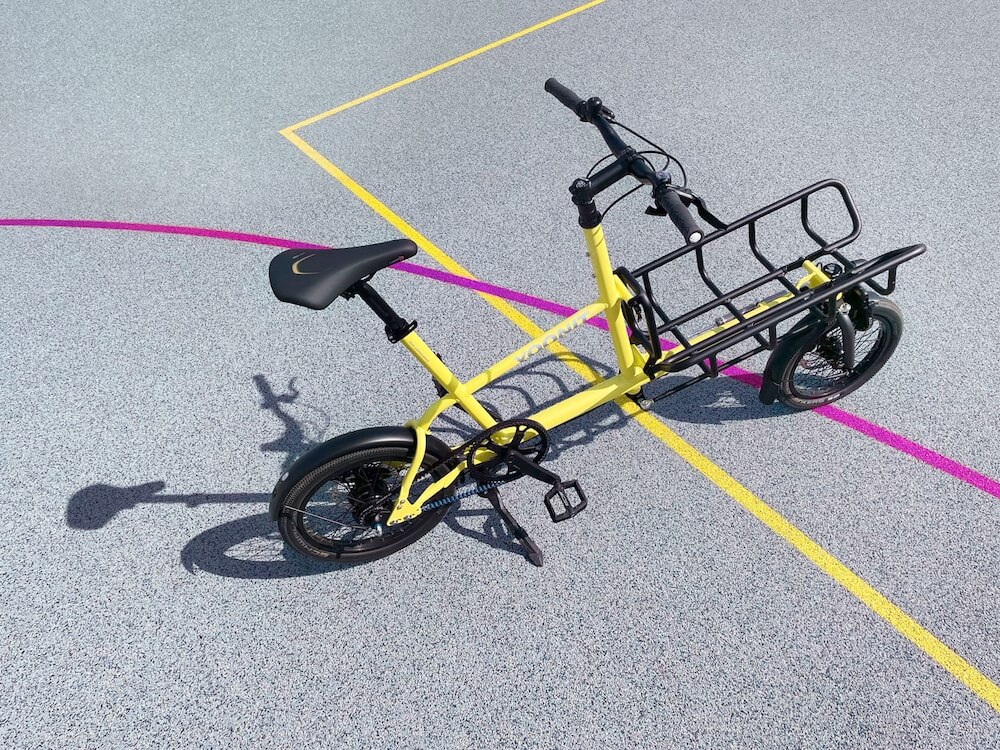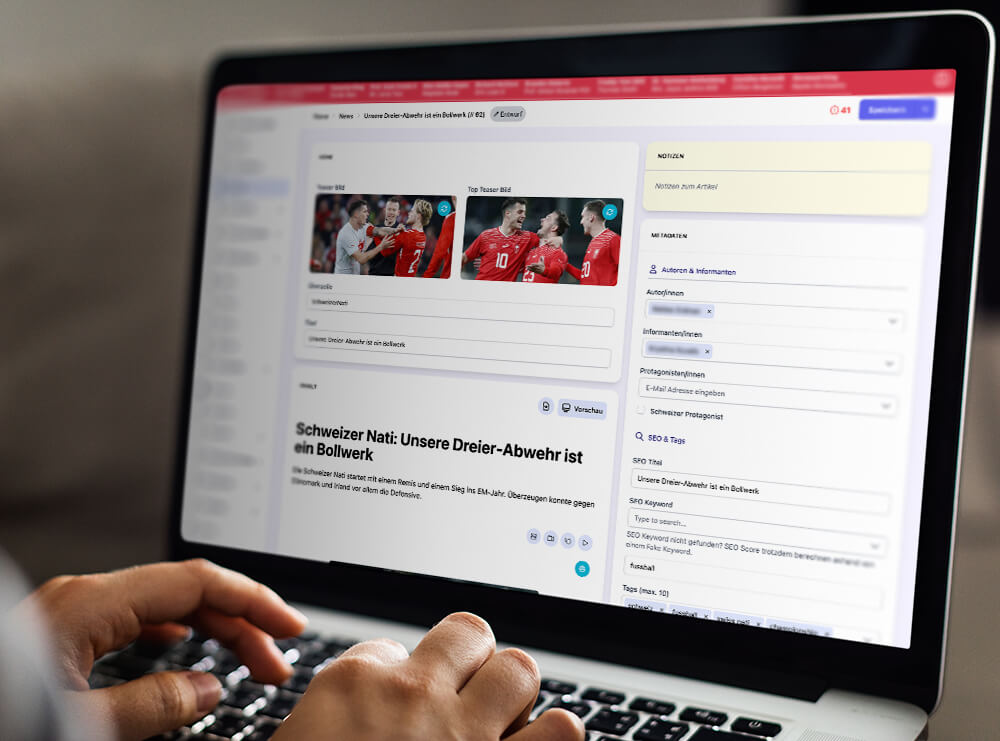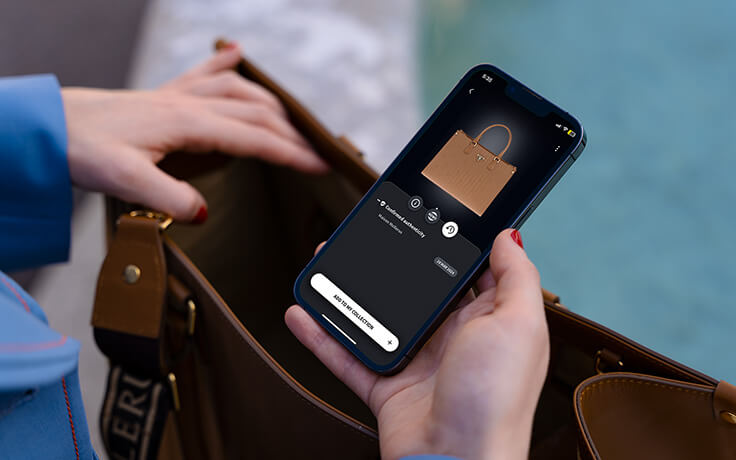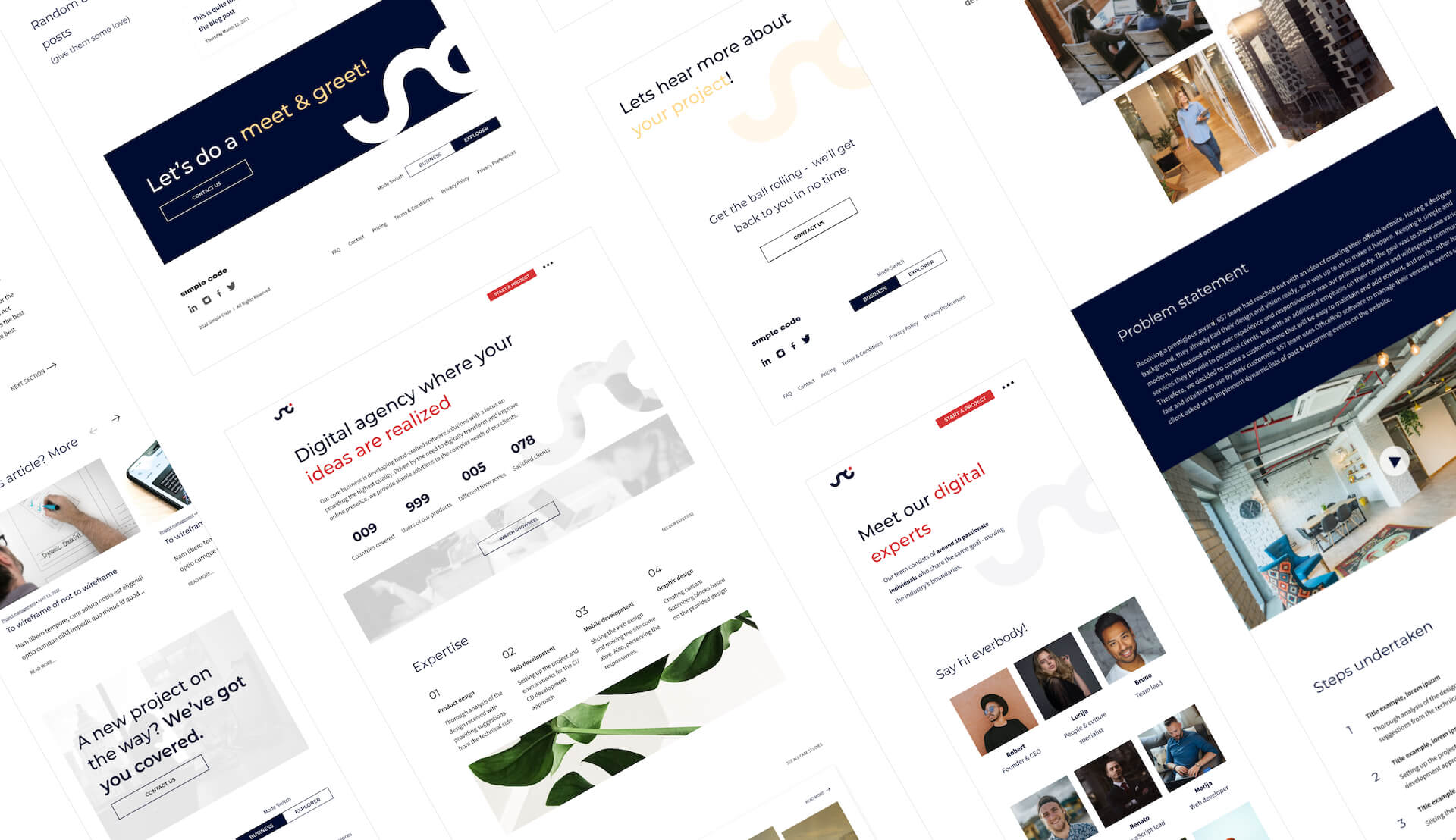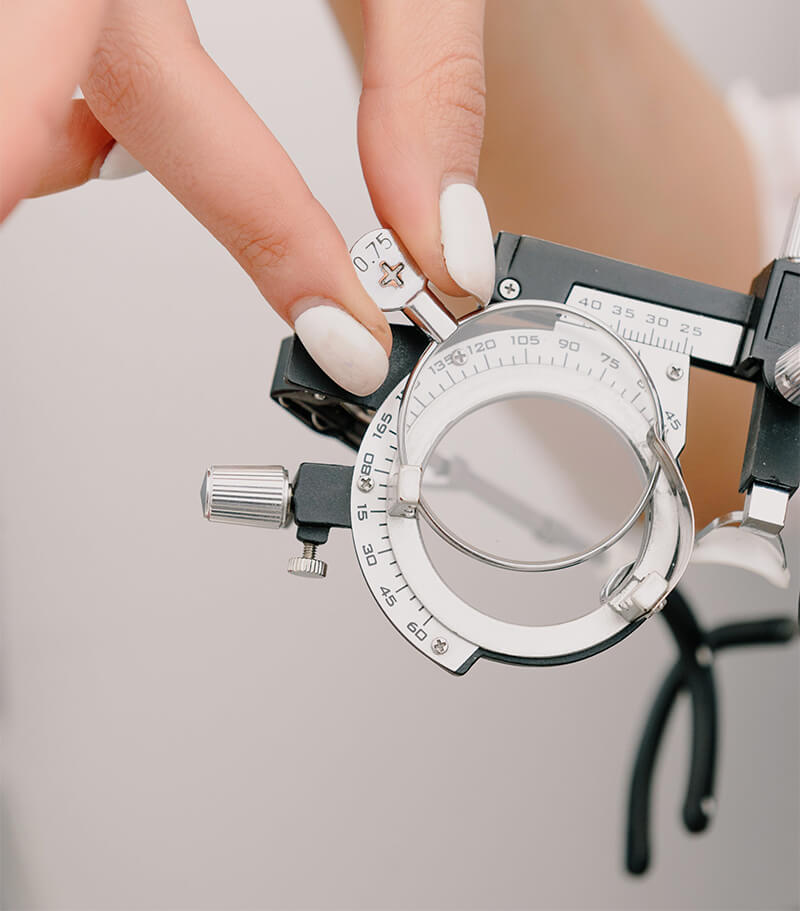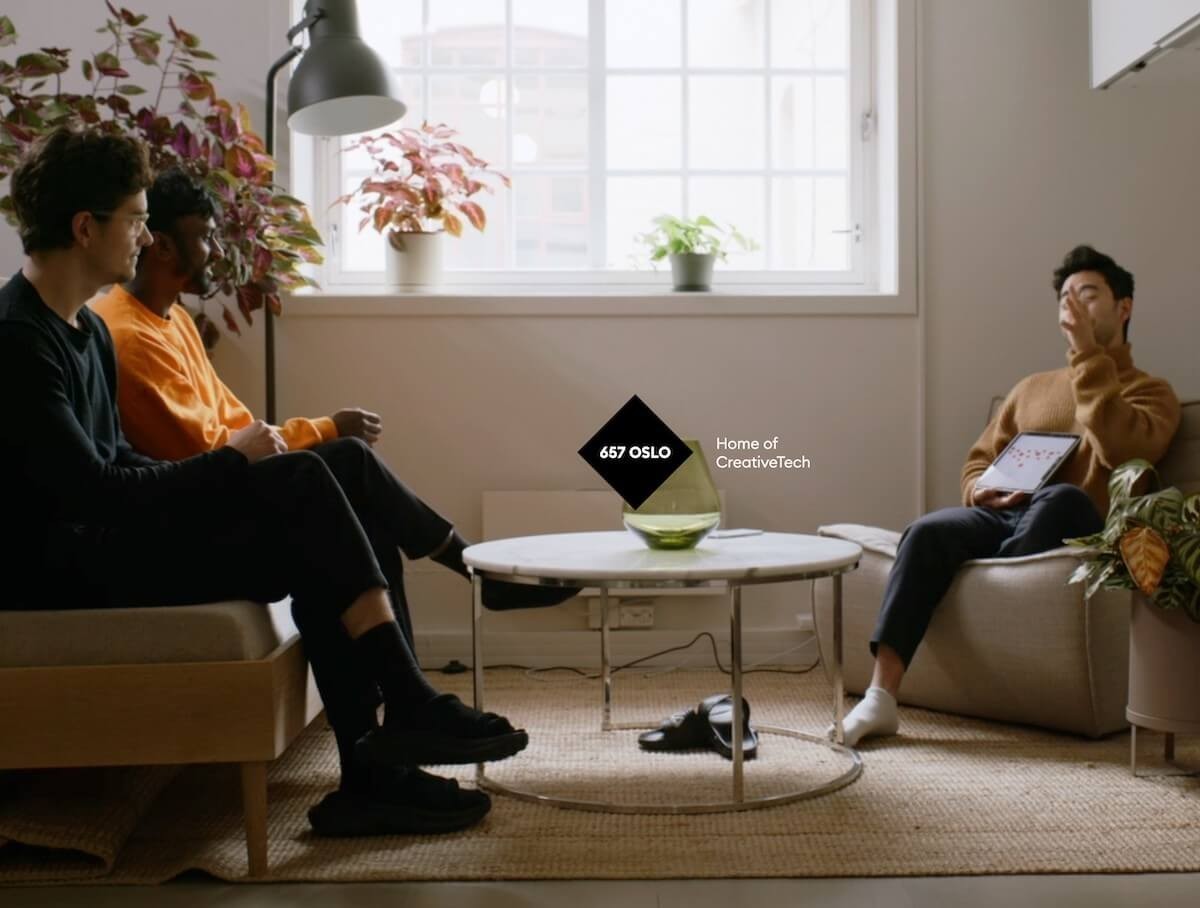Pitve: 9 Interactive Museum Apps
The Pitve Wine Museum got a digital upgrade with nine custom-made apps. These apps bring Hvar's winemaking history to life with videos, slideshows, and other media on touchscreens of all sizes.
The Pitve Wine Museum on Hvar, Croatia, shares the story of winemaking that’s been part of the island’s culture for hundreds of years. To make this history fun and easy to explore, we built 9 web apps. These apps work on touchscreens and use videos, pictures, and text to tell the museum’s story. Visitors can use them in Croatian or English, making them perfect for locals and tourists.
Croatia
Tourism
3 months
Custom web applications, Web development, Project management
Angular, JavaScript, Node.js, SCSS
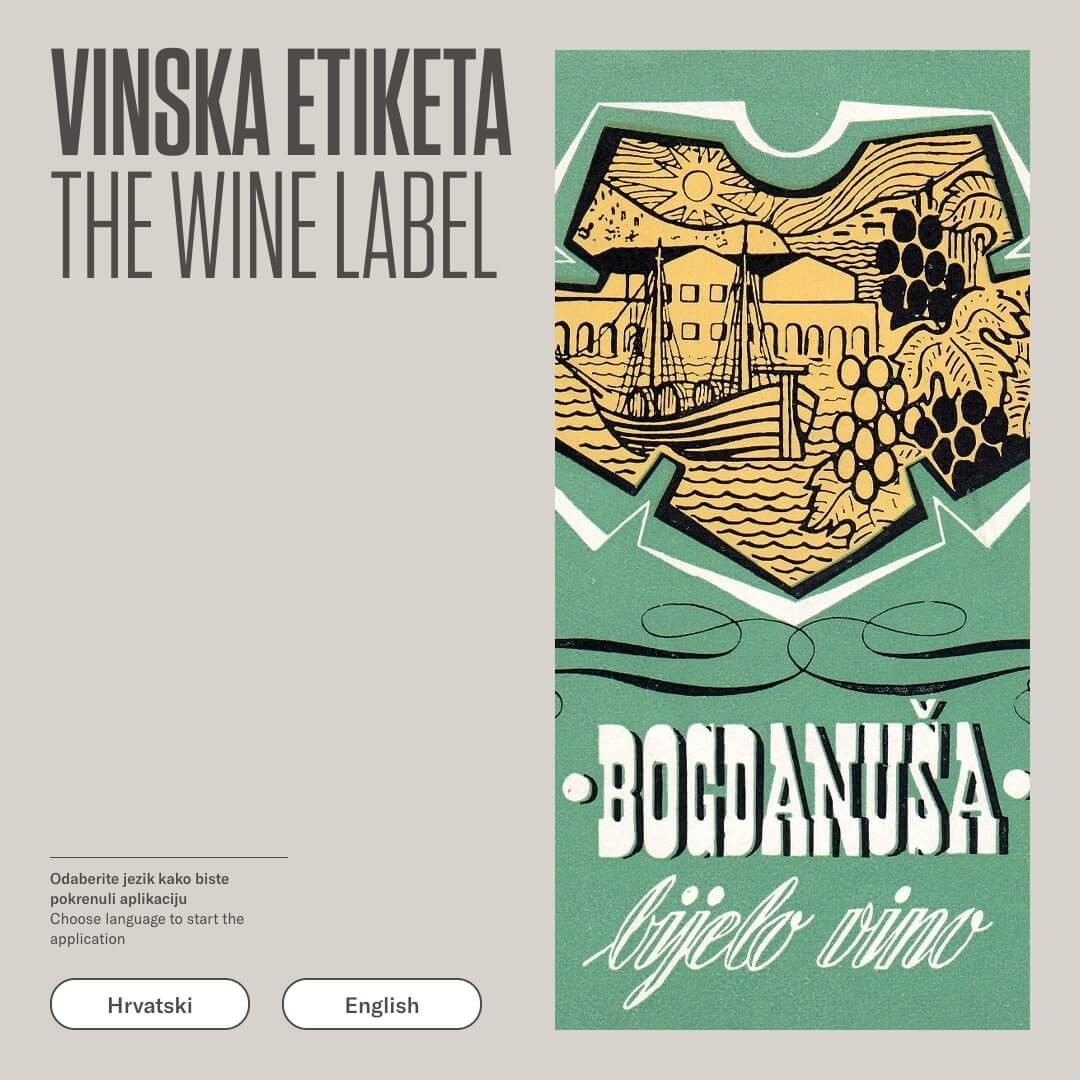
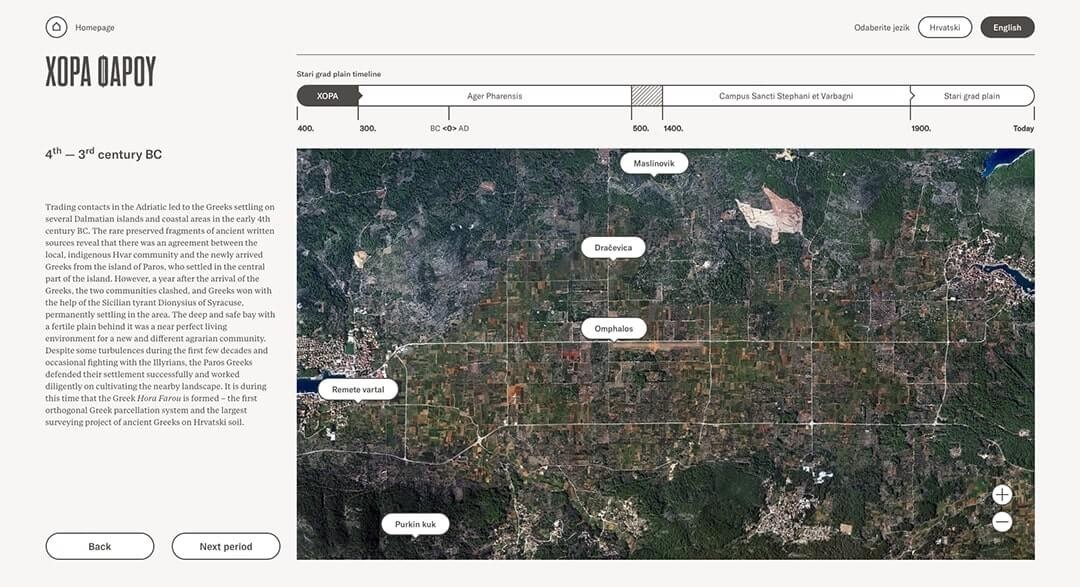

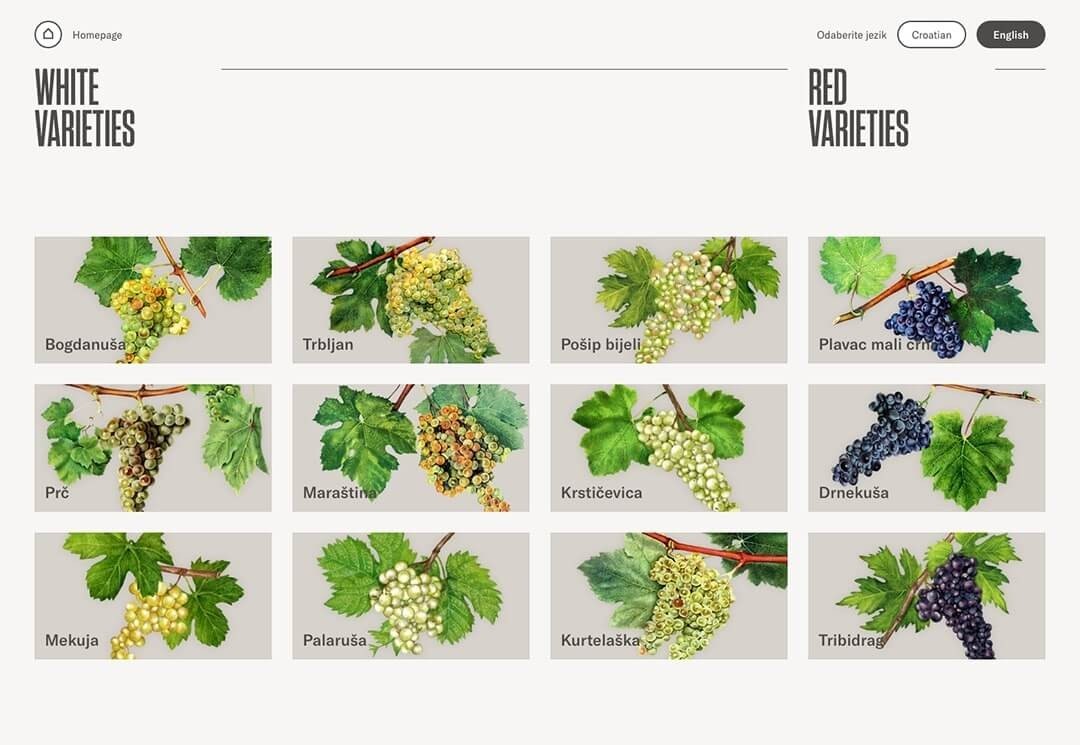
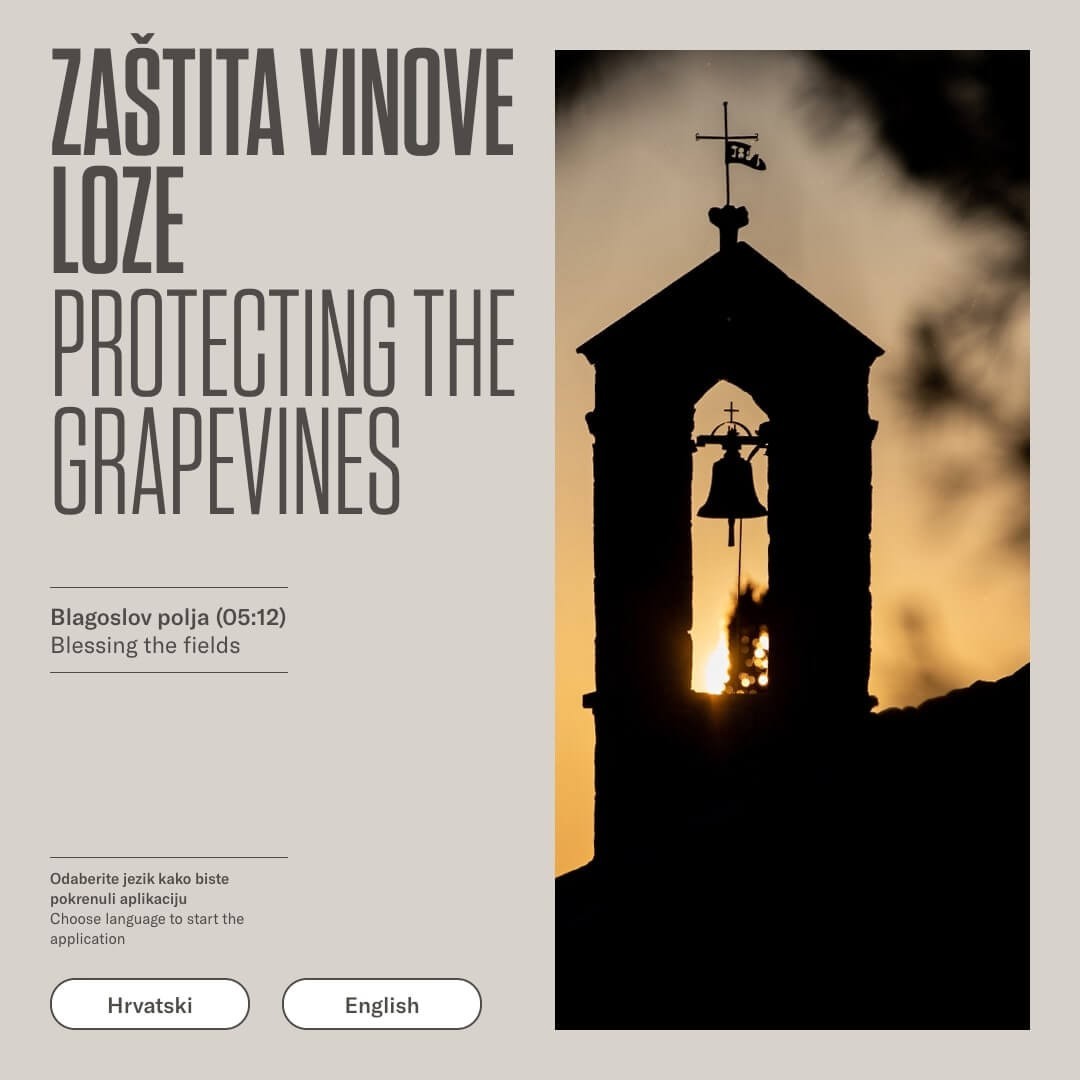
Objective
The goal was to create 9 apps that made the museum’s content exciting and easy to explore. The apps needed to show videos, slideshows, and text while working on touchscreens of different sizes (24 to 43 inches). They had to work offline, follow the museum’s design and branding, and run as fast as possible. Each app needed to make future updates easy to implement and ensure a smooth touchscreen experience for visitors.
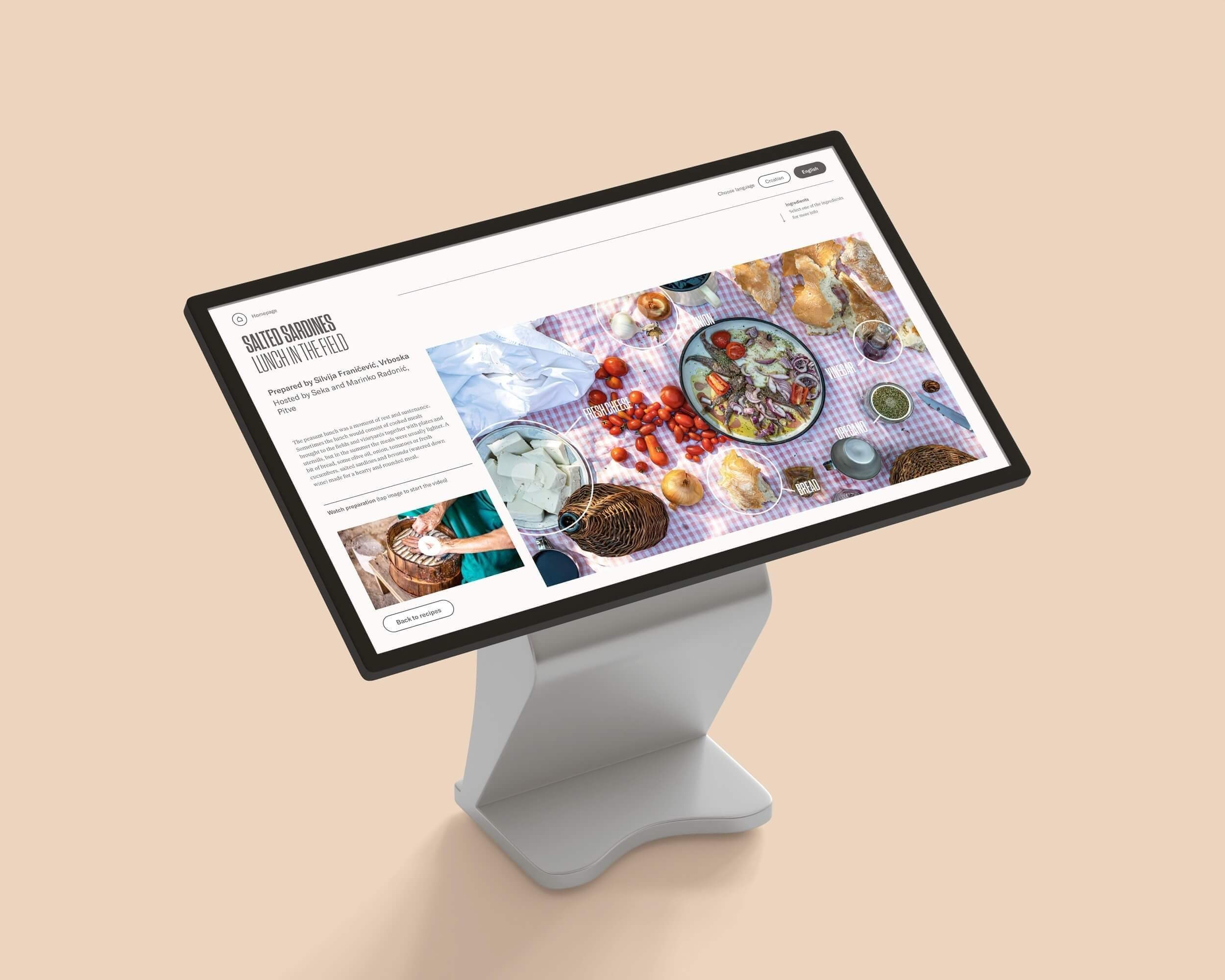
Challenge
The apps had to run smoothly on different touchscreen sizes without using the internet. All assets, like images and videos, were hosted locally, so the apps had to work seamlessly without delays. Each computer connected to a touchscreen needed configuration to run the apps, and all computers required a start screen to let museum staff choose which apps to use. We also had to ensure touch areas were properly sized to make interactions simple and error-free. Finally, we needed to ensure future updates could be rolled out easily to all computers.
Our Approach
Understanding the Project
We started by learning about the museum’s needs, branding, and design requirements. We also reviewed hardware and designs to ensure everything would align with the museum’s vision.
Setting Things Up
We developed a system to build all 9 apps, saving time and keeping everything consistent. Each computer was configured to host all 9 apps and a start screen, allowing the staff to choose which app to display on each touchscreen.
Design Implementation
We optimized the designs to match different screen sizes, included branding elements, and ensured touch areas were large enough for easy use.
Building Special Features
The apps were built to run offline with locally hosted assets. We added features like autostart, exit restrictions, and seamless performance to ensure a smooth experience for visitors.
Making It User-Friendly
We designed the apps to be simple and clear so visitors could easily explore the content. The focus was on fast loading times and responsive touch interactions.
Iterative Testing
We tested the apps on different touchscreen sizes and configurations, ensuring they worked well in both languages. We also verified that future updates could be applied quickly to all computers.
Launch
After testing, we installed the apps on the museum’s hardware, setting up configurations for each computer. This included the start screen for app selection and ensuring all features worked perfectly.
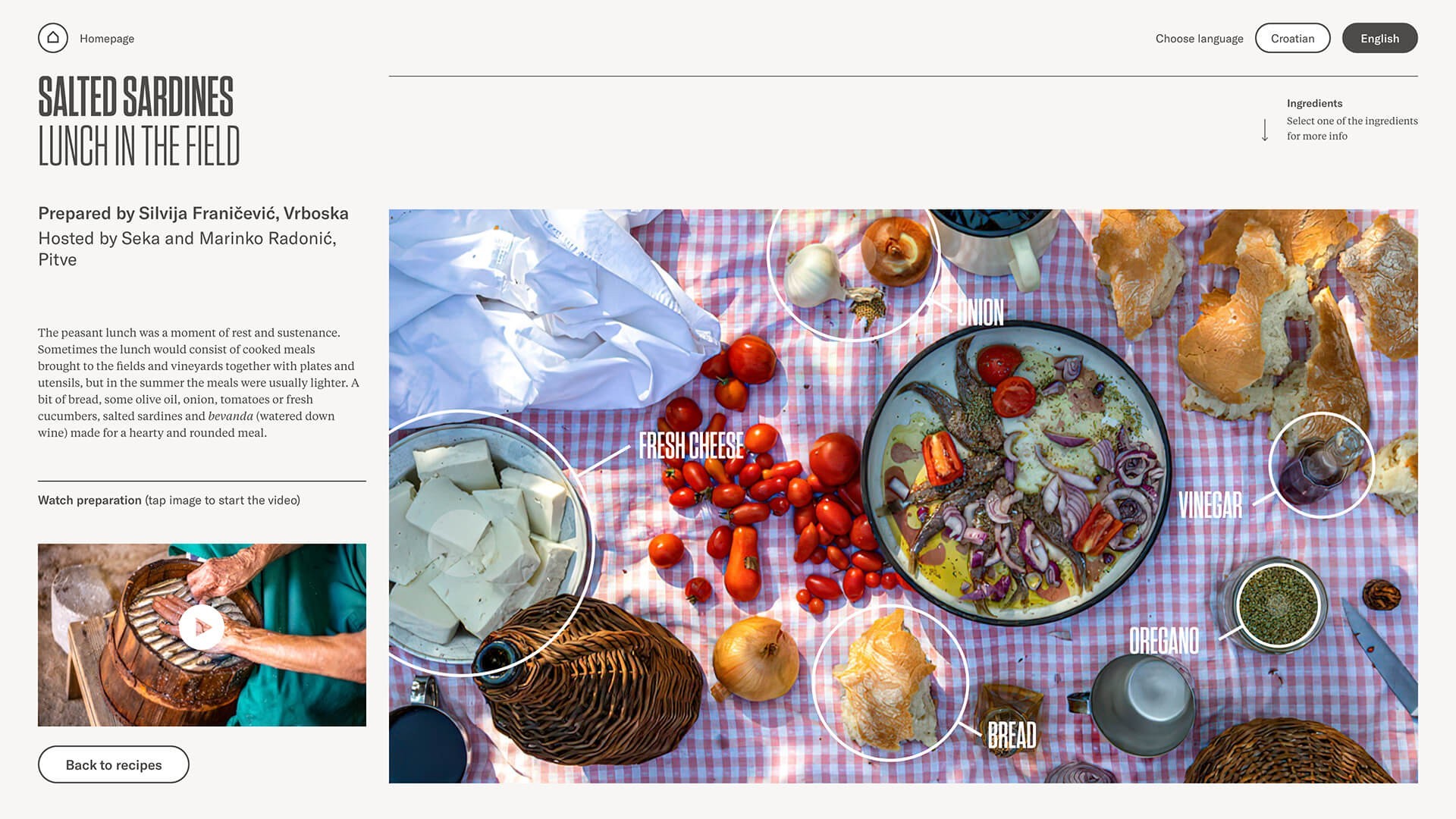
Outcome
We created 9 interactive apps that make the museum experience exciting and easy to use. The apps work on different touchscreen sizes, run offline with locally hosted content, and are available in both Croatian and English. Museum staff can easily manage which apps run on each computer, and future updates are simple to apply. Visitors can now explore Hvar’s winemaking history in a fun and modern way.
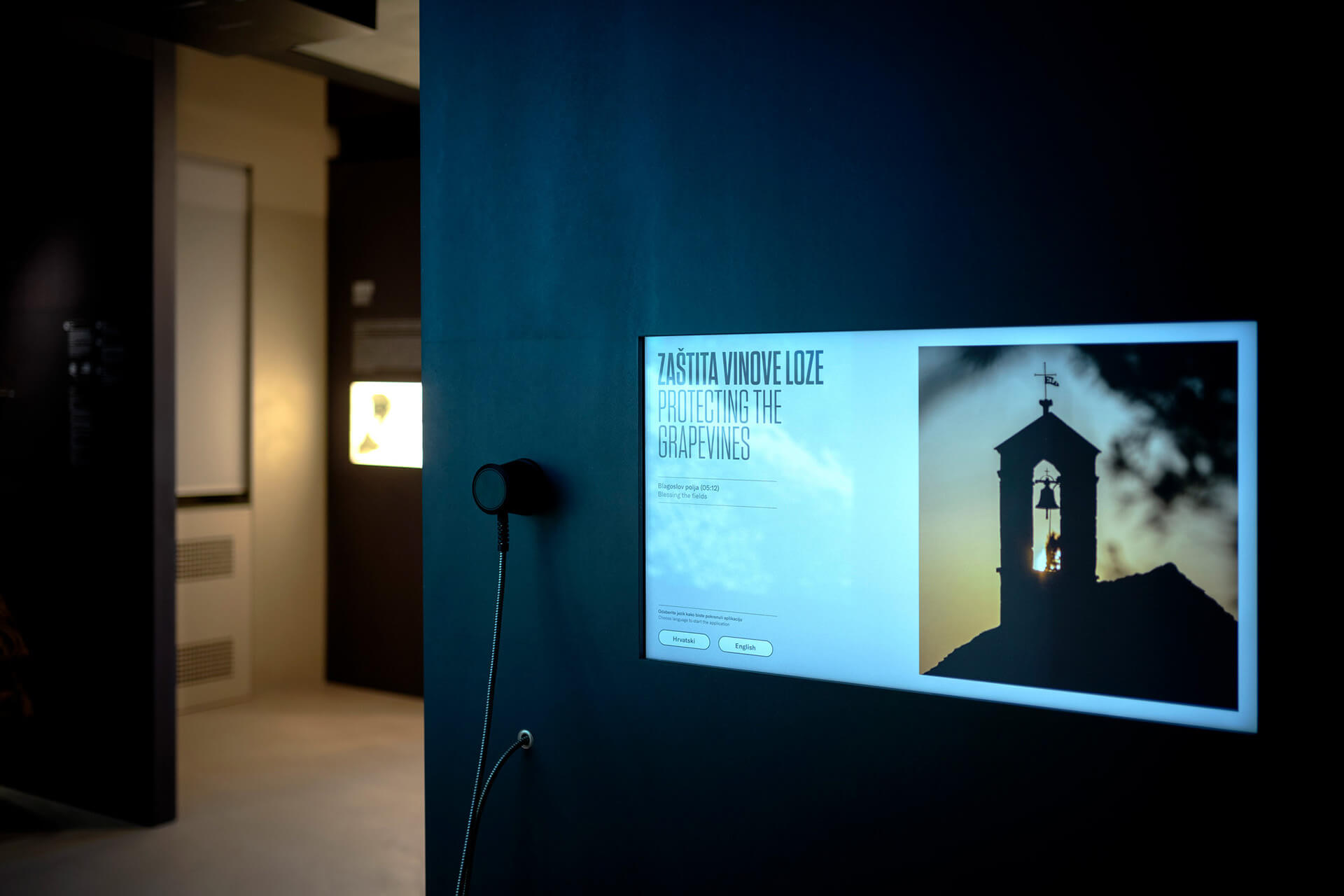
More Success Stories


